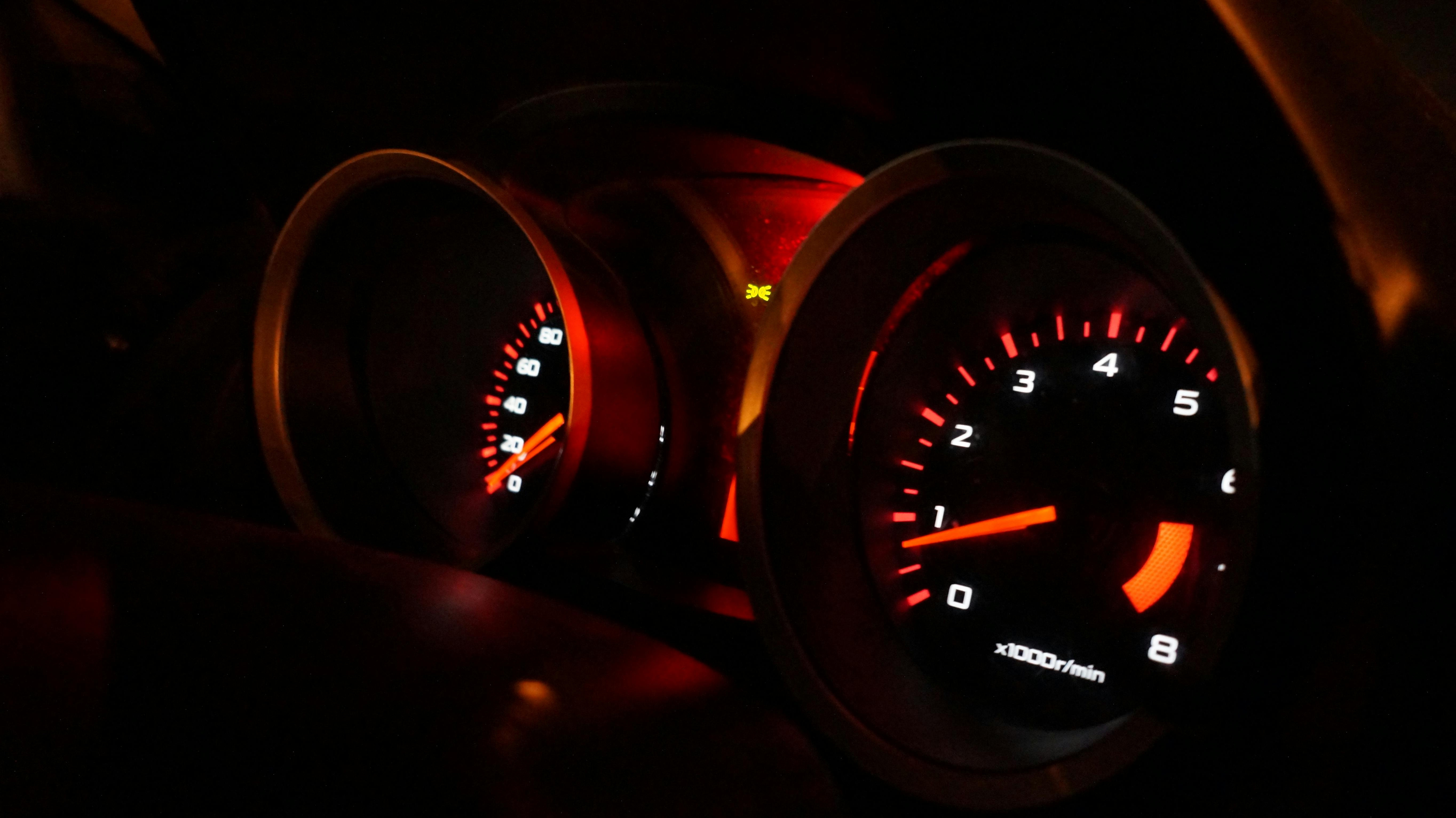
Japanese emoticons are used by both children and adults in Japan, and few emails are spared from a sprinkling of smiley faces. This article will look at some interesting issues about how Japanese emoticons, or kaomoji, facial characters as they are known in Japanese, are used in communication.
First, where did they come from? When the western smiley turned 25 there was quite a bit of press coverage, but what about Japanese smileys? The story goes that around May 1986 (compared to September 19, 1982 for :-)) one of the first horizontal emoticons appeared in Japan, the now classic (^_^), but it was invented by a Korean named Kim Tong Ho, but he claims that he saw a previous Japanese emoticon (~_~) in a post by a nuclear scientist! The true origin of the Japanese kaomoji seems to remain a mystery.
Regardless of the story, for many adults, Japanese emoticons are an important part of communication. On a cell phone, about two in five use at least one on average, and about 14% use three or more. Due to their frequent use, almost everyone is used to seeing them, and only 1.3% of the population that uses mobile phones is put off by their presence in received mail. Although mobile phones come with a myriad of built-in smileys (even after 10 years I still have trouble understanding Japanese smileys!), 36.5% choose to use their own set of custom smileys to enhance or completely replace them. built-in mobile phone emoticons.
In the computer world, these Asian smileys are just as popular (if not more so) due to a full-size screen that allows much more room to let your imagination run wild, and some come close to being transformed into ASCII art. However, ASCII art is probably a misnomer, as these Japanese emoticons also use non-ASCII double-byte characters. The spiritual home of the Japanese emoticon is perhaps the world’s largest bulletin board site, 2 channels, whose unofficial mascot is Mona, a cat emoticon that unfortunately cannot be reproduced correctly here in ASCII text!
Not only on the mobile phone, but also when writing a standard computer email, Japanese emoticons are used and abused. A survey of the top thirty Japanese emoticons showed that the top five were, in reverse order, as follows: At number 5, m(_ _), an apology emoticon; number 4, (ToT) a crying emoticon; number 3, (^_^;) a worried emoticon – the semicolon indicates sweat; in number 2, (>_ another worried emoticon, but this one is angrier than number 3 embarrassed; and in number 1, (^_^) or (^_^)v laughing or happy emoticons.
As you can see, for both kids and adults, smileys are a key part of expression, not just on mobile phones and email, but these Japanese smileys can be found on instant messaging, bulletin boards, and are now becoming popular in Japan. , emoticons for Twitter can be seen frequently. Try to liven up your communications with Japanese emoticons too!
Leave a Reply